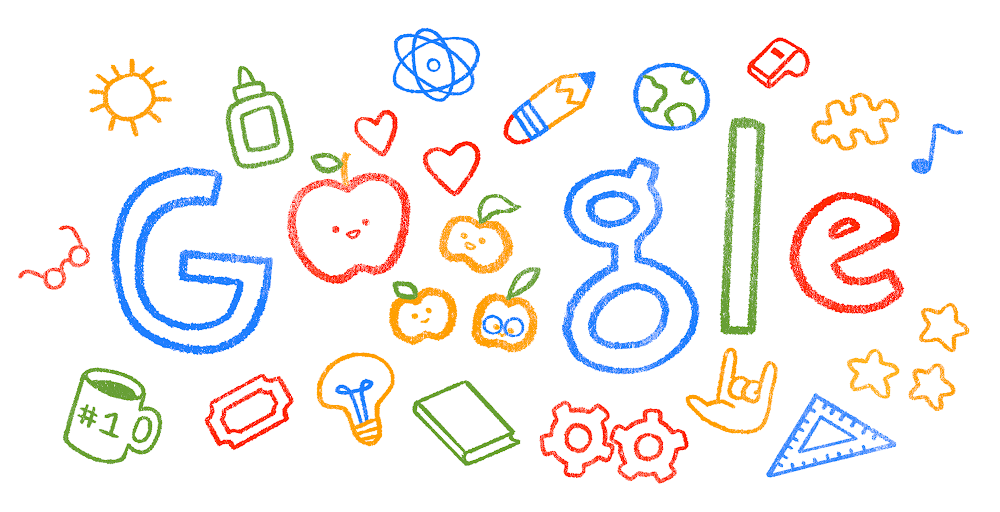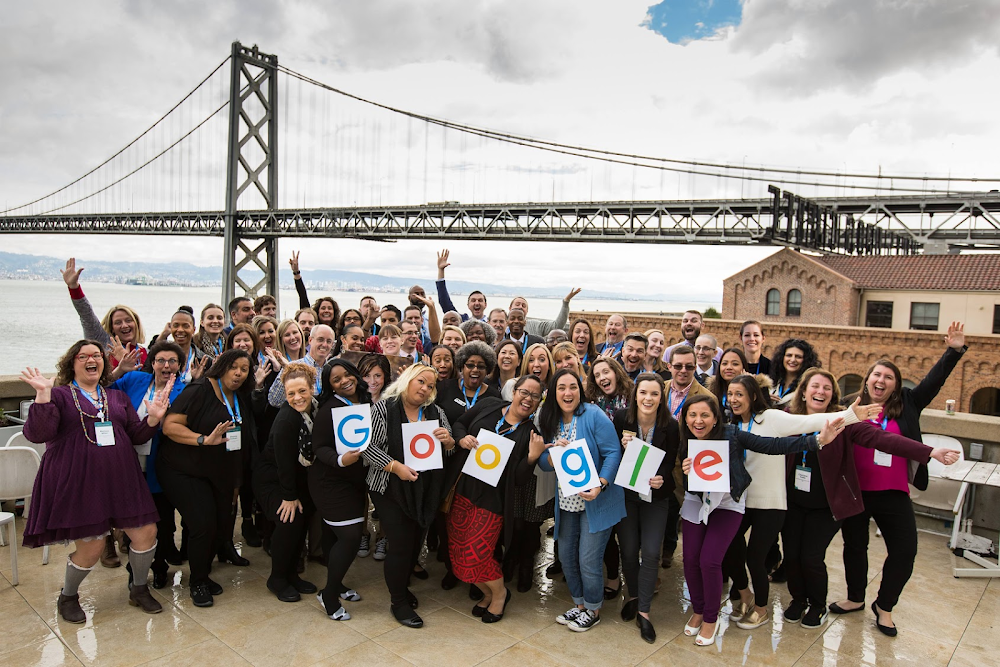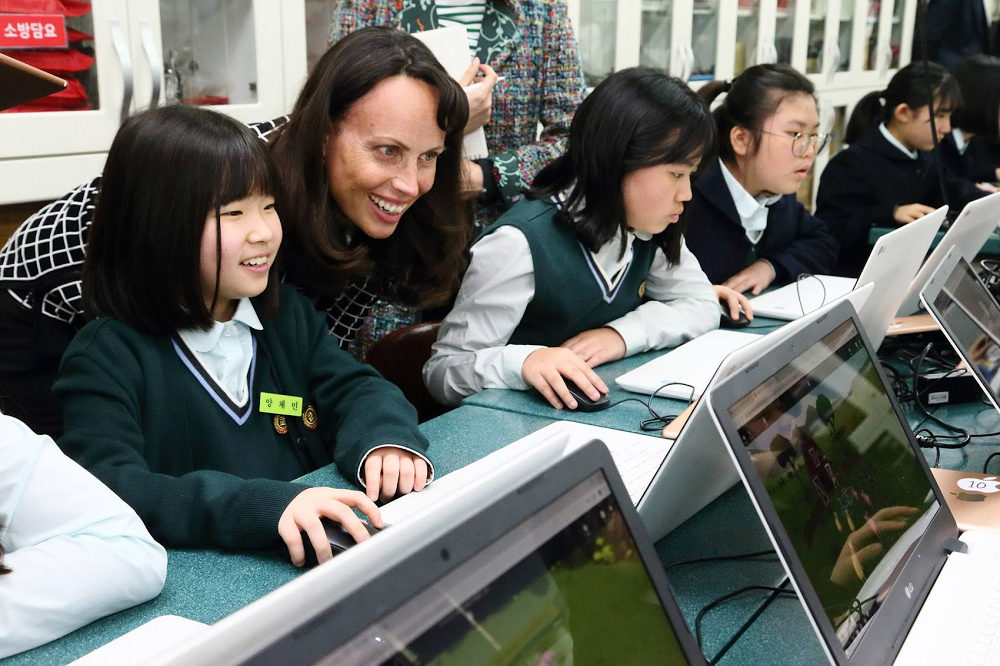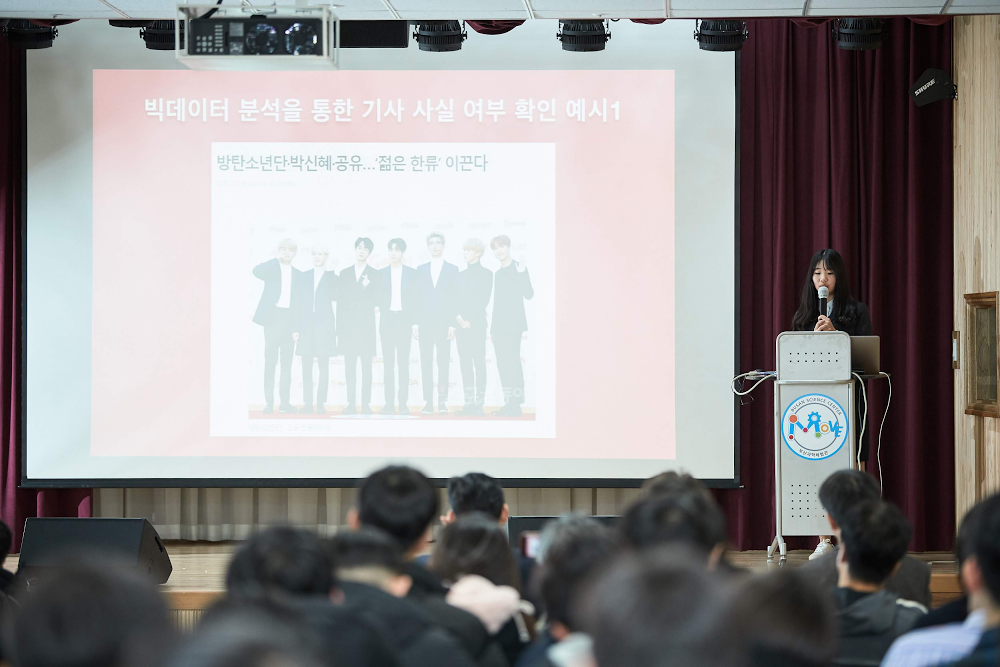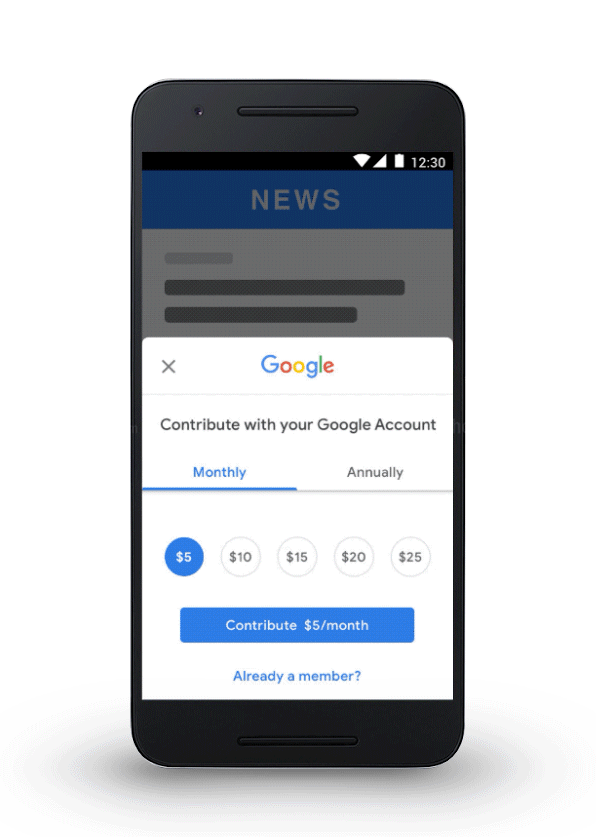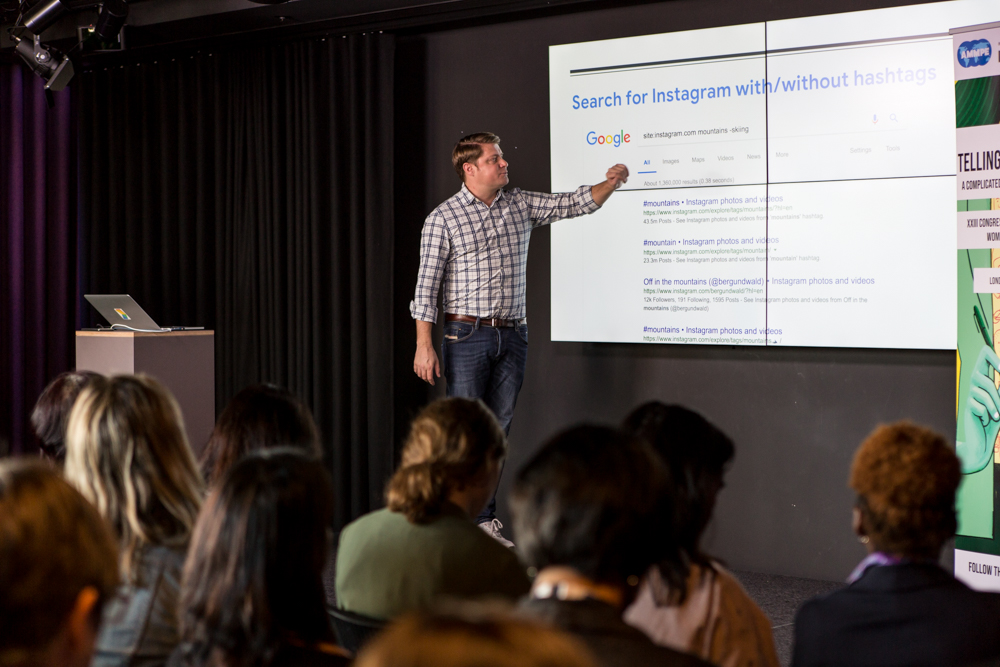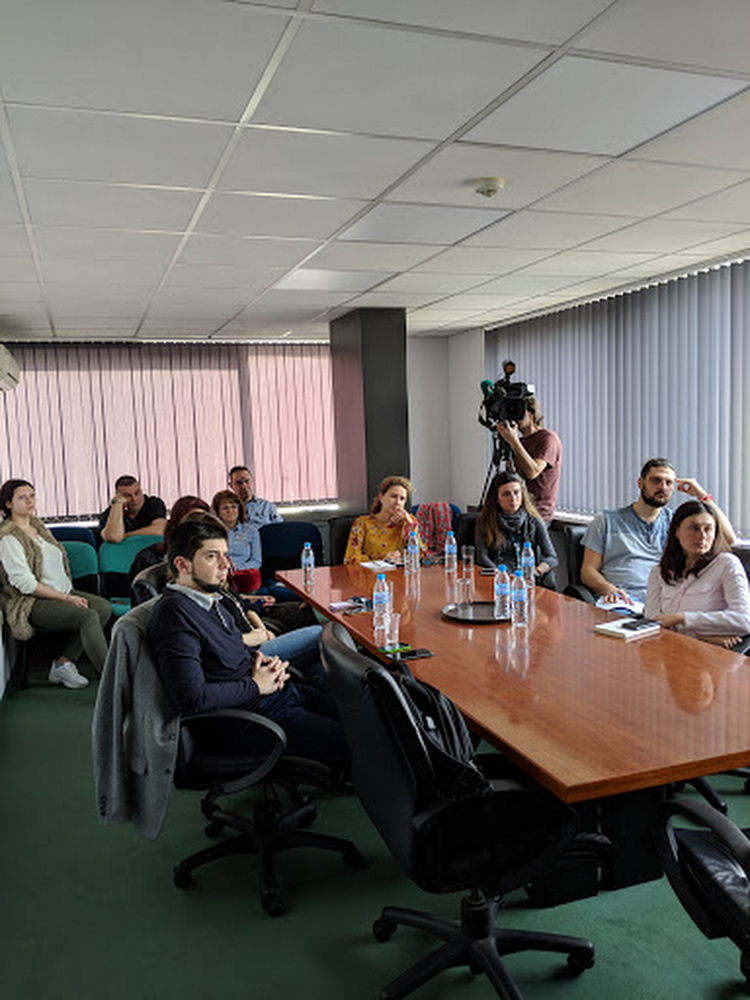Editor’s note: We’re thrilled to have Kristina Joye Lyles from DonorsChoose.org as a guest author, sharing about teaming up with Google.org to launch the #ISeeMe campaign.
I joined DonorsChoose.org in 2013 and have long been working with organizations like Google.org who share our belief in the power of teachers. To date, Google.org has provided over $25 million to support classrooms on DonorsChoose.org, and last week, they committed an additional $5 million to teachers, with a focus on supporting diverse and inclusive classrooms. Together, we’re kicking off #ISeeMe, a new effort to enable teachers and students across the country to celebrate their identities in their classrooms.
As a military brat, I attended many public schools across the U.S. but only had two teachers of color from kindergarten through twelfth grade. My teachers and professors of color had a particularly strong impact on me as mentors and role models; I was encouraged to see them as leaders in our school community, and their presence alone showed me that diversity and representation matter.
My story is like those of so many others. Research shows that students benefit from seeing themselves in their teachers and learning resources. For example, black students who have just one black teacher between third and fifth grade are 33 percent more likely to stay in school. Girls who attend high schools with a higher proportion of female STEM teachers are 19 percent more likely to graduate from college with a science or math major.
With this support from Google.org, teachers who are underrepresented in today’s public school classrooms--like teachers of color and female math and science teachers-- as well as all teachers looking to create more inclusive classrooms will get the support they need and deserve. Teachers from all backgrounds can take steps toward creating classrooms that reflect their students, whether they’re selecting novels with diverse characters to discuss or taking trainings to learn more about meeting the needs of students from culturally diverse backgrounds. And we’re eager to help them bring their ideas to life so that more students can see themselves reflected in their classrooms.
I’m thrilled that many teachers on DonorsChoose.org are already coming up with inspiring ways to foster classroom environments where every student can feel important and included. Mr. Yung sees the power of food to bring his students together across different cultural backgrounds. Ms. McLeod is determined to bring her students from Lumberton, North Carolina, to the National Museum of African-American History and Culture in Washington, D.C. Mrs. Toro-Maysaspires to bring her bilingual students books with culturally relevant heroes and heroines.
We hope you’ll join us and the philanthropists of various backgrounds who have lit the torch for #ISeeMe today. If you are a public school teacher, you can set up an #ISeeMe classroom project right now at DonorsChoose.org. You can also access free inclusive classroom resources and ideas created for educators, by educators at any time in Google’s Teacher Center. And for those of you who have been inspired by a teacher, we invite you to explore classroom projects that are eligible for Google.org’s #ISeeMe donation matching—we would love to have your support for these teachers and classrooms.
